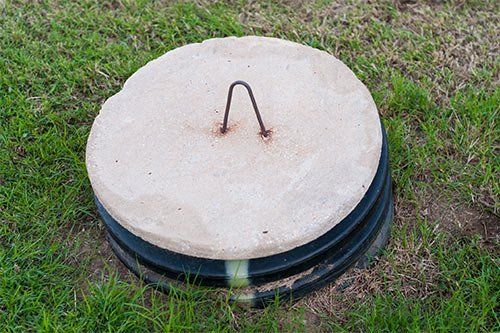Caring for 3 Types of Alternative Septic Systems
- By Admin
- •
- 11 Feb, 2019
- •
This is a subtitle for your new post

You may be intimidated about owning a non-traditional septic system at first, even if you're familiar with how a standard septic system works. But often these alternative setups are relatively similar to a normal septic system, with just one or two different components. Here are some basics on three types of alternative systems and how to care for them.
Aerobic Treatment System
This is one of the most unusual types of septic system. Instead of using one tank and a drain field like a typical system, it puts the septic waste through a couple of different tanks - treating water with aerobic bacteria and chlorine - before spraying it onto your lawn.
These systems, since they're so different, often require several different types of maintenance in addition to tank pumping. If you haven't had this type of system before, be sure to find a septic contractor who's experienced in caring for aerobic treatment systems. They may need to service the unit several times per year.
Home maintenance will involve careful use of your plumbing, just like any other septic system, as well as keeping the system's chlorine supply replenished and making sure sprinkler heads aren't blocked.
Mound System
A septic mound system is quite similar to a typical pump-assisted septic system. However, in this scenario, the topsoil isn't deep enough to install an effective drain field, so a huge mound of sandy soil is installed to provide an additional thickness in the drain field area.
A mound system is also used when the groundwater is extremely high, a condition which makes the usable amount of topsoil very thin by default. After all, the wastewater has to be completely treated before it hits the water line - otherwise, you're just contaminating your groundwater.
A septic system with a mound has a septic tank, pipes, and a distribution box just like a normal system, so the biggest difference in maintenance will be caring for the septic mound itself. The mound will be susceptible to erosion because of its sloped sides, meaning that it's even more important to plant erosioncontrolling grass on the mound than with a normal leach field.
Because of the shape of the mound, it will be even more vulnerable to weight and pressure as well, so you should avoid foot traffic as much as possible and, if you can, only use a push lawnmower on it. Finally, a mound is designed to distribute water both by gravity and by evaporation, so don't put any plastic or landscape fabric on the mound.
Sand Filter System
While the mound system allows septic wastewater processing in areas with shallow topsoil, a sand box system facilitates wastewater processing in areas that have either too shallow or very fast-draining soil or even too little land space. Fast-draining soil makes the spot ineligible for a typical septic system because it doesn't filter contaminants out of the water sufficiently.
Unlike a septic mound, a sand filter doesn't stand in for the leach field itself. Instead, the water moves through the sand filter and then ends up in the leach field for further treatment and distribution. For best results, you should have your sand filter cleaned out and inspected every year.
Like a septic mound, the sand filter periodically needs to be checked for odors and pooling water. You also need to avoid putting non-permeable things like plastic on it and keep it safe from heavy objects and traffic.
These three types of alternative septic systems are a step or two up from a standard old-fashioned gravity-fed system. But the tasks of caring for and inspecting them are often quite similar from the homeowner's end, especially for sand filter and septic mound systems. Just make sure you have a contractor who can give your system the professional care it deserves.
Call the Allen Turner Septic Tank Service today for details on the septic cleaning, inspection, and repair services we offer.

